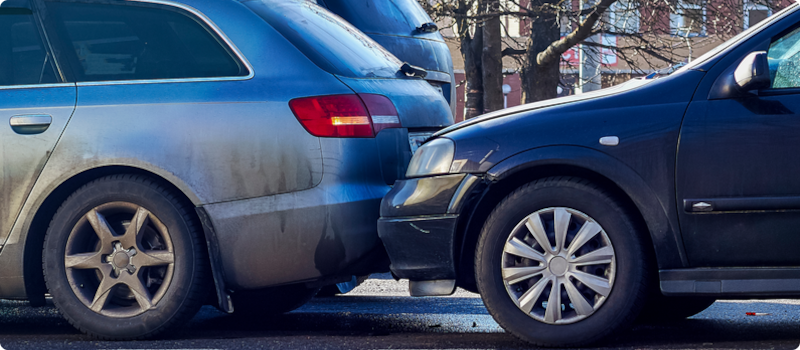Car insurance deductibles
Updated February 21, 2024 . AmFam Team
Updated February 21, 2024 . AmFam Team
The car insurance deductible is the portion of the claim amount the insured is responsible for paying. When you buy or make changes to your policy, you can set that amount along with your coverage limits.
When you buy your auto policy, you get to set your deductible along with your coverage limits. If you have an accident that's covered under your policy, you'll be responsible for your deductible amount . The insurance company will pay the claim amount less the deductible.
For example, you have an accident that will cost $2,000 in repairs to your vehicle. If your deductible is $500, you’ll pay that amount out of pocket. Your insurance company will cover the remaining $1,500.
If the cost of repairs is less than your deductible, you should not file a claim. Your insurance company won’t pay for any repairs below the deductible. Moreover, filing a claim can cause your insurance premium to rise.
For example, you have an accident with repair costs totaling $400. With a $500 deductible, filing a claim wouldn’t make sense. You’d end up paying the entire cost yourself, and in this example your insurance provider would not contribute.
Your auto insurance deductible is different than a health insurance deductible. There’s no annual maximum amount to meet. Instead, your deductible will apply each time you file a claim.

While amounts vary by insurer, common options are $250, $500 or $1,000. Comprehensive deductibles are usually $100, $250 and $500, though a $0 deductible option may exist. These amounts are available as options here at American Family Insurance.
With a range of options available, how do you choose the best one for you? The following sections will help you to choose between higher and lower deductibles.
Scenario: A tree branch dented your car hood during a thunderstorm, and it’ll cost $1,500 to repair. You chose comprehensive coverage with a low deductible of $250.
Filing a claim makes sense here because you've been paying higher premiums for a low deductible. You’ll only pay $250 out of pocket for the damage. Your insurance company would cover the remaining $1,250.
Scenario: You hit a tree with your car, and fixing the damage will cost $1,500. You selected a lower monthly premium with a deductible of $1,500.
In this instance, your deductible is the same as the repairs. It wouldn’t make sense to file a claim.

[MUSIC PLAYING]
Let's talk about deductibles.
What are they and why do they matter?
Your car insurance is designed to protect you financially if you get in an accident.
But before your insurance kicks in to pay for the cover damages, you'll have to pay a portion of the loss.
This out-of-pocket amount is called a deductible.
The dollar amount of your deductible varies, based on the policy you and your American Family Insurance agent select together.
But all deductibles work the same.
You are responsible for a pre-specified amount of money upfront, and then any covered costs above and beyond that are reimbursed by your insurance.
Accidents happen.
And when they do, we'll be here to help you every step of the way.
Want to learn more about how deductibles work or what deductible amount is right for you? Your American Family agent is happy to help.

American Family Insurance makes it easy to set up your car insurance policy and choose a deductible:
This article is for informational purposes only and includes information widely available through different sources. This article does not afford, offer, or guarantee any coverage.